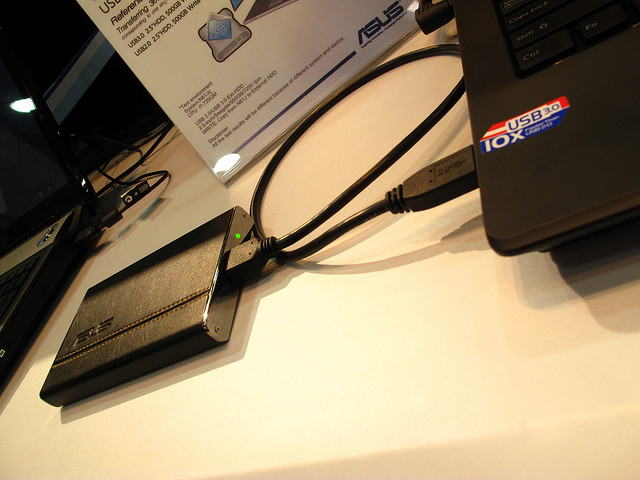In this article we will tell you how to check USB 3.0 compatibility. Checking USB 3.0 compatibility is not a tough task, here are the complete details about the procedure.
Whenever new technology arrives there is lot of expectation from it. Sometimes the expectations are fulfilled sometimes not. When transferring data from your laptop to your USB, how many times have you wished it would do the transferring faster. USB 3.0 claims to have solved this problem. It is supposed to have superspeed (4.8 Gbps). As each version is released the makers of USB claim that that particular version is the fastest. And so it is with USB3.0. But in the case of USB3.0 they seem to have delivered.
It also uses less power. So if your device is in an idle state then the devices power will not be drained away. USB 3.0 is backward compatible which means that if you have a USB 2.0 port your USB 3.0 will work as well as a USB 2.0 on that port. It also means that you can plug in USB 2.0 on USB 3.0 port but the performance will be that of USB 2.0. Unlike its predecessors USB 3.0 is bidirectional which means that it can read and write data at the same time.

If you need the USB 3.0 to really work then you will need a new cable and a new host adapter at the least. The USB 3.0 cable is different from the other USB cables. It uses more wires for one thing and hence the cable tends to be thicker. Another thing is it usually has a blue insert. The computer connector has SS symbol on it. Even the connector that is used on the device end is different from the others. It can also deliver more power to the attached device (900mA).
The problem with USB3.0 compatibility is that when it was released only very few devices had the capability to utilize its potential. So older version of desktops, laptops etc will not have USB 3.0 specification ports. So for instance if you are using a computer with windows 7 then chances are that you will not get compatibility. But, fear not as there is a solution to this problem. All you have to do is download and install the Windows Support Software (drivers). If you are using Windows 8 then you shouldn’t have a problem as USB 3.0 is supported on it.
Assuming you are using Windows 8 here are some ways you can ensure that your device is USB 3.0 is not just compatible but functioning to its specifications
- Check the cable to see whether it is the appropriate one.
- On the device manager check the device information. Windows should have enumerated the host controller as USB3 controller. Open Device Manager, find the controller under Universal Bus Controller. If you see a description “USB 3.0 eXtensible Host Controller” then you can be sure that windows recognized the controller as a USB3.0 one.
- Make sure that the USB 3.0 Hub that is attached to your device appears correctly on the device manager. Sometimes windows can report unsupported hubs as non-functional and render your device non functional
- Make sure your firmware is updated regularly from the manufacturer site. The same goes for the controller and the BIOS for your system.
If you have a Mac device the steps are similar.
There are various software available in the market that can help you out in checking the compatibility of USB 3.0. As we check on the compatibility of USB3.0 already USB 3.1 is on the horizon with double the capacity of USB 3.0.
Read More:
Increase USB Flash Drive Write Speed
How to make a USB Keylogger Autorun?

